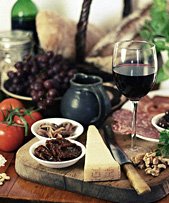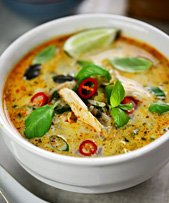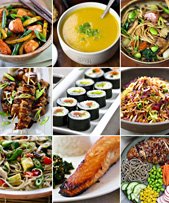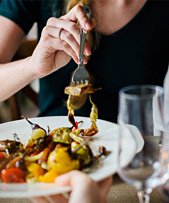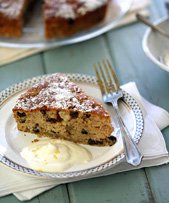How to follow a MediterrAsian diet and lifestyle
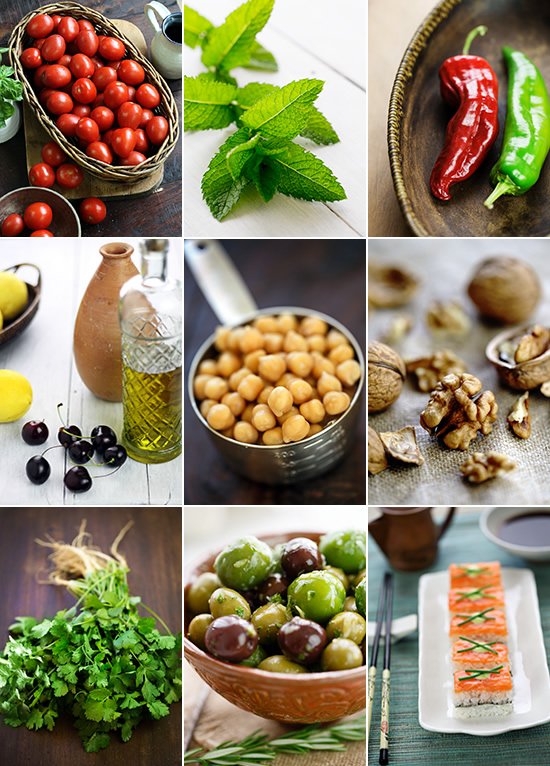
A MediterrAsian diet combines the best elements of the world’s healthiest (and tastiest) diets, the Mediterranean diet and Asian diet, and is the optimal way to eat according to a growing number of health experts.
If you want to enjoy the pleasures and health benefits of a MediterrAsian way of living here are the 9 key steps to follow:
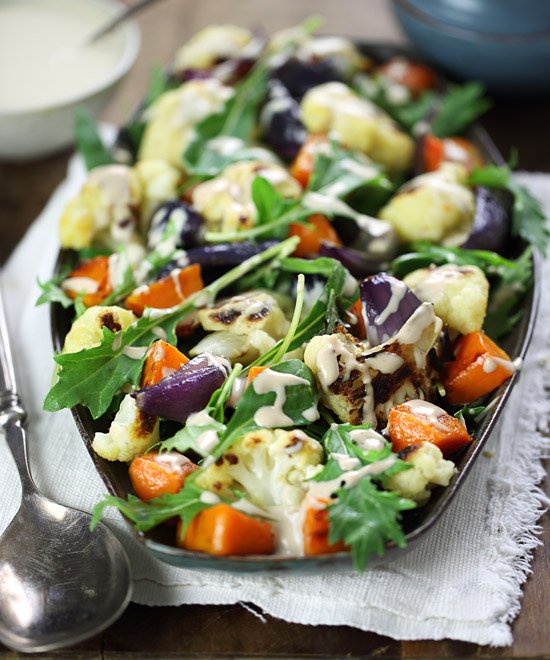
Vegetables, fruits, grains, legumes (beans, peas and lentils), nuts and seeds form the foundation of most traditional Mediterranean and Asian meals. These foods are packed with vitamins, minerals and dietary fiber as well as other health-promoting compounds such as antioxidants and phytochemicals. Many plant foods also contain protein, with legumes as well as nuts and seeds being particularly good sources. Grains also generally contain between 10-15 percent protein.
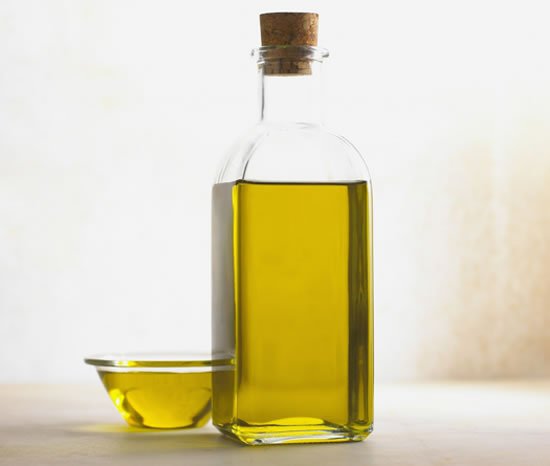
Most of the fats in traditional Mediterranean and Asian diets come from plant oils (such as olive oil and peanut oil), nuts, seeds, and omega-3 rich fat in the fish and seafood they eat. Monounsaturated fat (the principal source of fat in olives and olive oil, peanut oil, avocados and certain nuts) has been shown to help lower potentially harmful LDL cholesterol levels without affecting “good” HDL levels. Studies have also shown that monounsaturated fat can help control high blood pressure, lower the risk of stroke and can help to assist brain function well into old age. Monounsaturated fat also contains lots of vitamin E, a powerful disease-fighting antioxidant. Omega-3 fats comes with a myriad of their own benefits, see below.
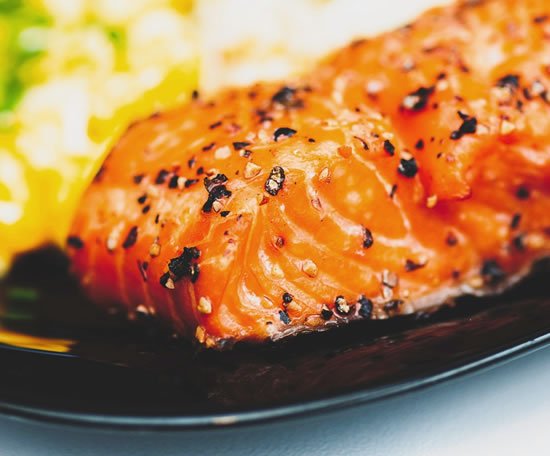
Fish is a staple food in both Mediterranean and Asian diets. Fish and shellfish are a rich source of protein and also contain high amounts of many essential vitamins and minerals including B vitamins, iron, phosphorus, potassium, vitamin E, magnesium and zinc. Fattier types of fish such as salmon, anchovies, tuna, mackerel and sardines also contain high amounts of heart-healthy omega-3 fatty acids. This special type of fat has been shown in studies to reduce the risk of heart disease, sudden heart attack, and the risk of stroke. Omega-3 fatty acids have also shown a great deal of potential for helping those affected by brain and immune system related illnesses such as arthritis, asthma and Alzheimer’s disease.
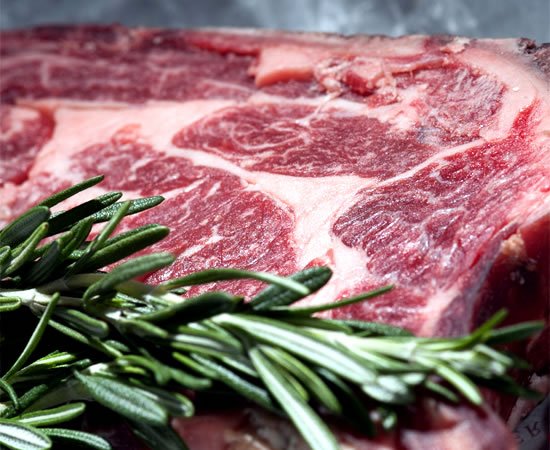
Red meat has traditionally been eaten sparingly throughout
Asia and the Mediterranean, except on special feast days. In
general it was used in small amounts as a flavor and texture
enhancer. Many studies have found that high consumption of red
meat can have a major impact on your health. For example, a
large-scale study from Harvard School of Public Health
analyzed the eating habits of 84,136 women for 26 years and
found that those who had two servings a day of red meat had a
30 percent greater risk of developing heart disease compared
to those who had half a serving daily. Red meat has also been
linked in numerous studies to increased risk of bowel cancer.
But the thought of cutting back on red meat usually leads to
the inevitable question: “where am I going to get my protein?”
Our answer: from fish, shellfish, legumes (beans, peas and
lentils), poultry and nuts. This is where people from
Mediterranean and Asian cultures have gotten most of their
protein from for the last few thousand years.
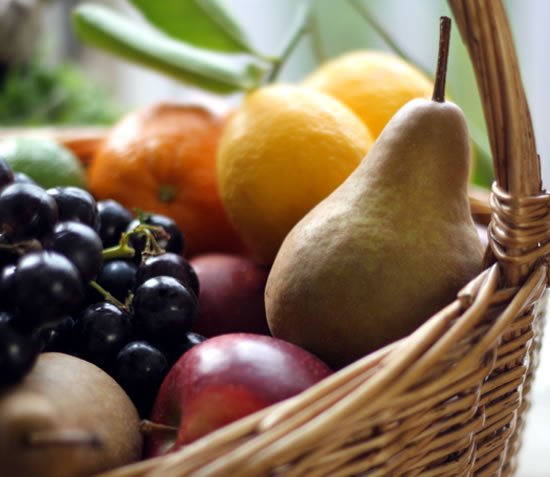
Throughout Asia and the Mediterranean, exotic desserts were traditionally reserved for special occasions or feast days. Fruit, either whole or cut in pieces, was the most common dessert. For snacks, fruit and nuts were commonly eaten.
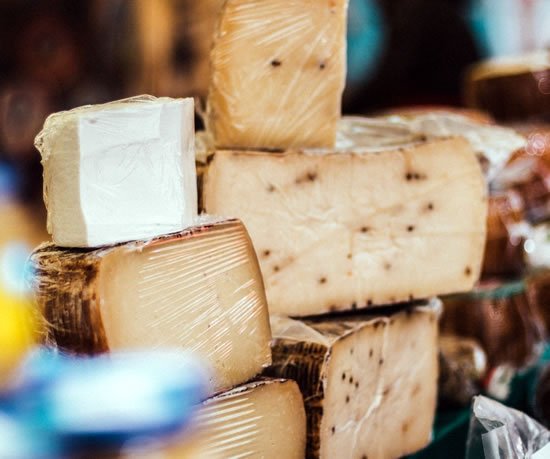
Dairy foods have traditionally been eaten in moderation throughout the Mediterranean region. Milk spoiled easily in the hot Mediterranean climate, so the best way to preserve it was by turning it into cheese and yogurt. This cheese and yogurt was typically eaten as an accompaniment to meals, which meant it was generally consumed in moderation. And dairy foods have traditionally been eaten rarely throughout Asia, except the Indian subcontinent (where, like the Mediterranean region, dairy foods have traditionally been eaten in moderation).
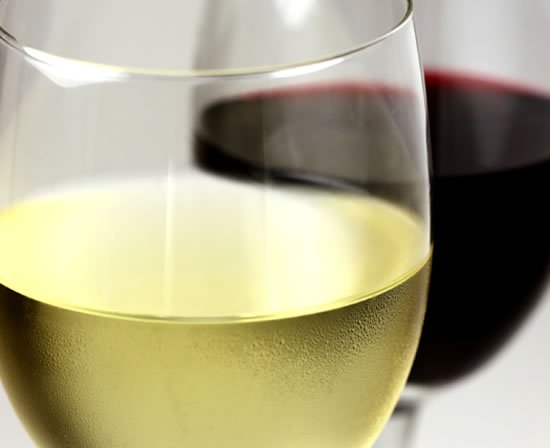
People from Mediterranean and Asian cultures have been enjoying alcohol, like red wine, in moderation for thousands of years — typically with a main meal. Researchers have found that this isn’t only an enjoyable social experience but it can also benefit your body — particularly your heart and arteries — by boosting “good” HDL cholesterol levels. But the key word with alcohol is moderation, because consumed in excess, alcohol can increase the risk of liver disease, cancer, and stroke. A good general guideline, if you drink alcohol, is 1 glass a day for women and up to 2 glasses a day for men. And the best way to consume it is with a meal, and preferably in good company!

If you want the full benefits that come from adopting the traditional practices of the worlds healthiest and longest living peoples, moderate daily physical activity is also important. But there’s certainly no need for a gym membership or expensive exercise equipment. Simply moving more as part of your everyday life, or what we call “Natural Movement” is the way that people from Mediterranean and Asian cultures have always gotten their physical activity (such as tending their garden or walking to see friends). Over the years we’ve discovered lots of ways to move naturally as part of our everyday lives — and many of them also happen to be a lot of fun! Incorporating these ideas (or your own natural movement ideas) into your life on a daily basis is a great way to mimic the more active lifestyles of people from traditional Mediterranean and Asian cultures:
- Walk to the local park for lunch
- Do some energetic housework
- Take the dog for a walk
- Wash the car by hand
- Window shop
- Walk to the local store for convenience items
- Spring clean your attic, basement, or garage
- Get out into the garden and get your hands dirty and your body moving
- Park at the far end of the lot and walk the extra distance instead
- Take the stairs instead of using the elevator or escalator
- Park a couple of blocks from work and walk the rest of the way
- Cycle to work
- Practice yoga
- Catch public transport to work (which means walking to and from the bus-stop or train station on both ends)
- Walk the kids to school
- Dance around the house to your favorite music
- Play racquet sports such as tennis, badminton, squash, or table tennis
- Join a dance class
- Work up a light sweat in the bedroom :)
- Go for a leisurely bike ride
- Play a round of golf
- Fly a kite
- Go for a swim at a beach, lake or pool
- Go for a scenic walk
- Play with the kids
- Throw or kick a ball around in your backyard or at the local park
- Try your hand at martial arts
- Throw around a Frisbee
- Go for hike
- Go surfing or kayaking
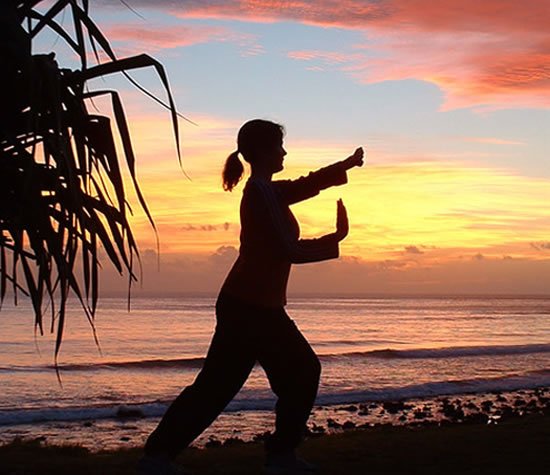
Another key element to the exceptional health of people from
Mediterranean and Asian cultures is their emotional wellbeing.
For centuries people from these cultures have made a point of
setting aside special time each day to relax and rejuvenate
their minds and bodies. The afternoon siesta in Italy, Spain
and Greece, and meditation and Tai Chi in Asia are some good
examples. But emotional relaxation can also be as simple as
sitting in the garden admiring the beauty of nature, or
relaxing in a hot bubble bath with candles and incense
burning.
Just as you need to sleep each day to be physically recharged,
you also need time each day to de-stress, and recharge your
emotional energy. We like to call this “calm time.” Here are
some calm time ideas that you can incorporate into your
everyday life:
- Paint or draw a picture
- Soak in a hot bubble bath by candlelight
- Relax in the garden
- Visit parks, gardens and nurseries
- Take photos
- Meditate
- Write down your feelings in a diary or journal
- Learn to play an instrument
- Read or write poetry
- Plan your next holiday escape
- Watch a classic movie
- Visit the library
- Look through old photos and home movies
- Go for a sightseeing walk, cycle, or drive
- Go to the zoo
- Play a fun leisure game such as darts, pool, table tennis or ten pin bowling
- Take an art or pottery class
- Play your favorite computer game
- Get a pet
- Visit a museum or local art gallery
- Play a board game like Monopoly, chess, checkers, or Scrabble
- Do a crossword puzzle
- Play Sudoku
- Do a jigsaw puzzle
- Play a game of cards
- Listen to your favorite music
- Read a book or magazine
- Relax in front of an open fireplace
- Practice Tai Chi

